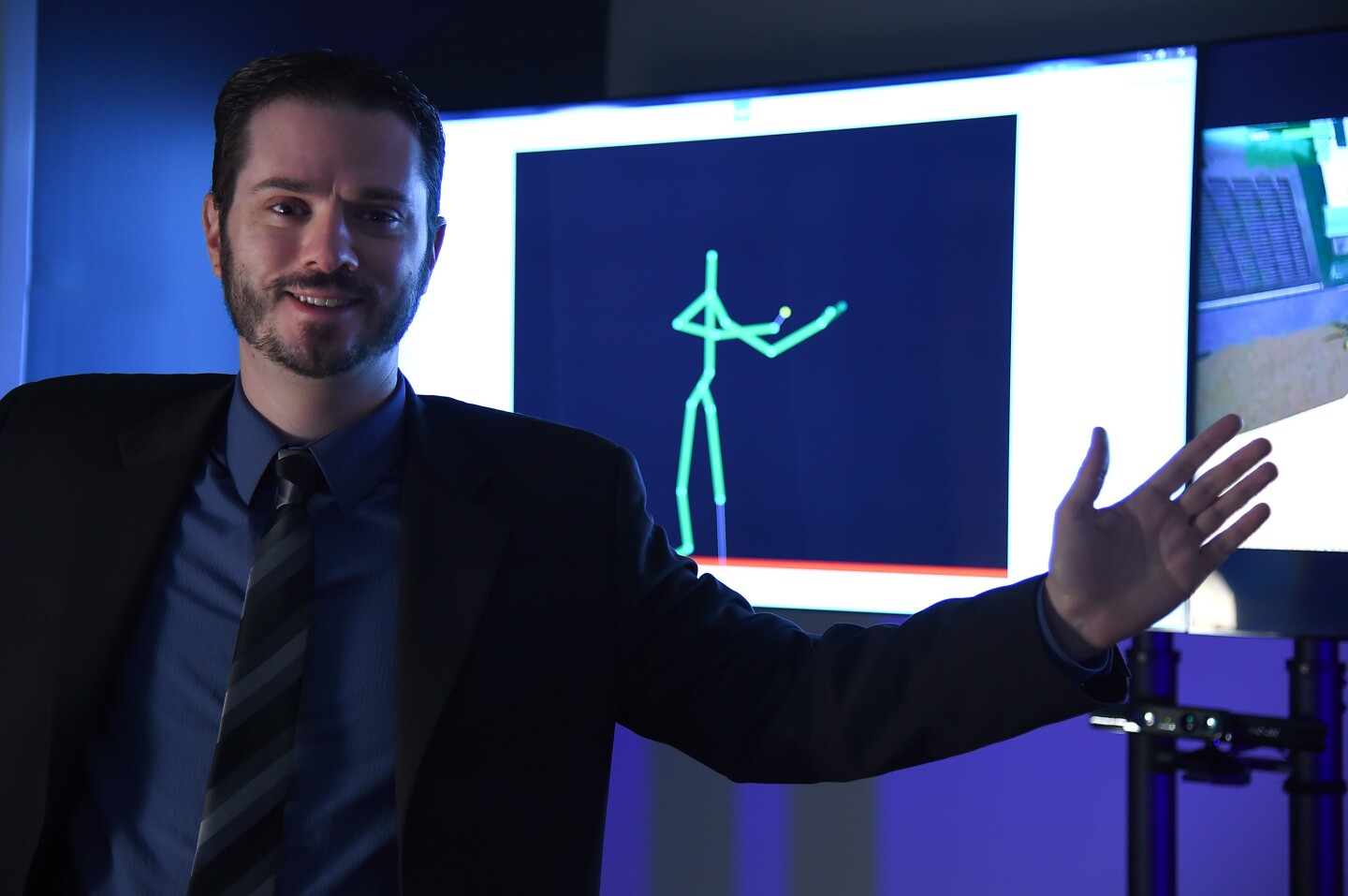For centuries, dogs have served in a variety of roles alongside humans, including faithful companion and guardian. The latter function is one that’s seen more focus in recent times as canines have been trained to sniff out buried improvised explosive devices (IEDs) before they are detonated. The dog’s handler also needs to be trained to detect subtle cues from the animal, which is where a video game developed by the US military comes into play.
Rover, as it is called, was created by a team including Adam Moses, a computer scientist at the U.S. Naval Research Laboratory (NRL), who were challenged by the Office of Naval Research (ONR) to come up with a tool for training dog handlers. The program helps soldiers practice commands and, perhaps even more importantly, read a dog’s silent cues, such as seeing the animal glance a little longer at, or briefly stop in front of, an alley that might hold danger.
According to the NRL, IEDs subtly leak gas plumes that pretty much no human-built sensor can detect because its particles are so small, however, dogs' noses are much more sensitive, allowing them to pick up the scent of these plumes. Moses spent a lot of time researching dog behavior, including spending hundreds of hours watching tapes of dogs and their handlers from Iraq. This research, plus ten years spent working with first responders on modeling how airborne toxins spread through a city after an accident or attack, gave him the tools and know-how necessary to create the software.

Rover works in conjunction with an Xbox Kinect and a "skeleton tracker" program Moses wrote to allow handlers to practice virtual dog command gestures with their on-screen companions. A soldier and his virtual Labrador bomb-sniffing sidekick might, for example, explore an empty desert village together as they try to locate hidden IEDs. The program itself is a module of a US Army training tool known as Virtual Battlespace.
One chief concern Moses aimed to address in creating Rover was making sure the handler understands the dog’s psychology so that those subtle cues in its behavior aren’t missed and the handler can safely guide the dog to its origin.
"A dog is trying to please the handler, so if the handler keeps the dog moving instead of looking at what's caught the dog's attention, the dog is less likely to display that cue again," says Moses. "An inexperienced handler can un-train a dog by accident, so better that they could spend a week on one of these and, if they make a mistake here, it's no big deal."
Future plans for Rover could include creating a wider range of dog personalities that might all handle distractions, such as crowds and noises, differently. It might also find its way into the hands of law enforcement agencies, who could adapt it to handlers working with drug-sniffing dogs. Moses is also considering the potential benefits of adding a scoring system based on things like how many cues from the dog the handler noticed or if they kept the dog on track.
You can see Rover in action in the video below.
Source: U.S. Naval Research Laboratory






